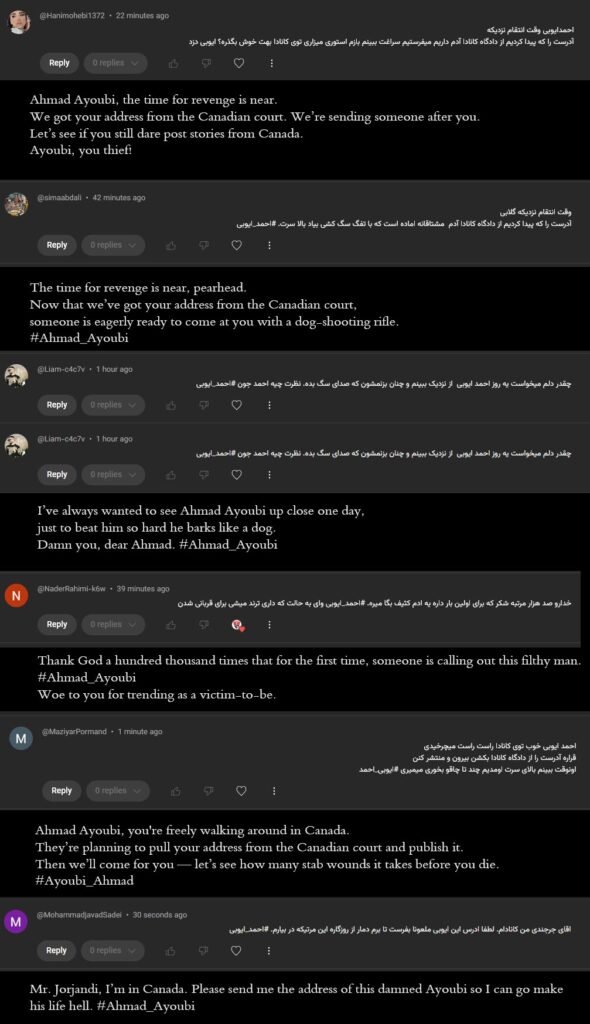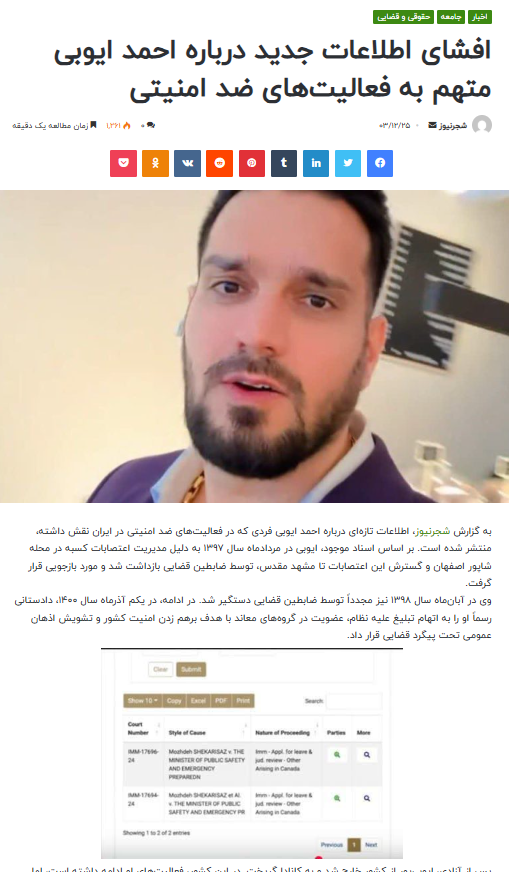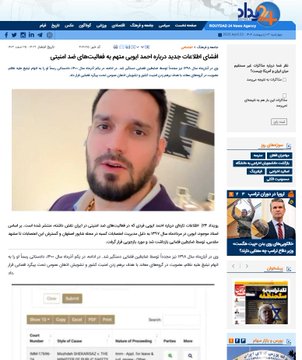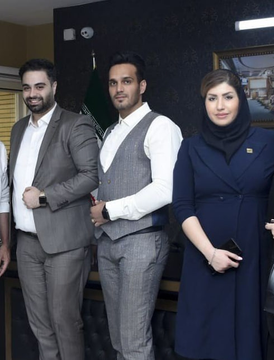Fake Politics, Real Fraud: Deceiving Canadian Courts

Introduction
Canada’s immigration system is built on values of fairness and protection for the persecuted. But when fraudulent networks manipulate this system using fabricated documents, fake news, and staged political persecution, the integrity of the system is deeply compromised.
One recent and troubling example involves Mozhdeh Shekarisaz, the wife of Ahmad Ayoubi—a key figure in the Iranian-run immigration consultancy Parsi Canada. In an ongoing case at the Federal Court of Canada, Mozhdeh has filed a judicial review application, while the case appears to rely heavily on a fabricated story of political repression involving her husband, Ahmad Ayoubi.
This article uncovers how this network allegedly attempted to deceive Canadian authorities and the courts using staged threats, fake media articles, and tampered legal records.
Case Background – Federal Court of Canada
- Applicant: Mozhdeh Shekarisaz
- Case Type: Immigration and Refugee Matters
- Lead Case File: IMM-17694-24
- Related Files: IMM-17696-24, IMM-17720-24, IMM-17721-24
- Filed On: September 24, 2024
- Court: Federal Court of Canada (Ottawa Office)
- Language: English
- Decision Under Review: Issued by CBSA (Vancouver), dated September 9, 2024
- Judge: Associate Justice Alexandra Steele (approved motion to consolidate all four files on January 14, 2025)
- Status: Under judicial review; no final ruling has been issued
The application contests a decision by Canada Border Services Agency (CBSA), likely involving an immigration denial or deportation. While Mozhdeh is the formal applicant, the case relies on portraying Ahmad Ayoubi as a victim of political repression in Iran—a portrayal that is highly questionable.
Step 1: Public Exposure of the Real Legal Record
On March 12, 2025, independent cybercrime investigator Mohammad Jorjandi hosted a YouTube livestream, exposing that Ahmad Ayoubi’s only legal case in Iran—according to the leaked judicial database Edaalat.org—was a 2021 conviction for smuggling alcoholic beverages.
There was no record of political charges, arrests during protests, or affiliations with opposition groups. This contradicted the narrative being built in Mozhdeh’s immigration case.
Step 2: Creating Fake Online Threats
Immediately after the live stream, a series of threatening comments appeared under the video, referencing Ayoubi’s home address and calling for violence. These comments were posted using newly created accounts—suggesting a deliberate attempt to create an illusion of persecution to support the asylum narrative.
All such comments were deleted by the channel moderator, but their timing raised red flags about potential coordination.

Step 3: Paid Articles to Fabricate a Political Identity
Three days later, on March 15, 2025, several Iranian websites published nearly identical articles describing Ahmad Ayoubi as a political dissident:
“Ahmad Ayoubi, accused of anti-regime activities during the 2019 protests, was arrested and later prosecuted in December 2021 for propaganda against the Islamic Republic.”
These claims did not match any official record. The timing, tone, and repetition of the articles suggested they were paid placements designed to be cited in the immigration case. Archive – Archive – Archive – Archive.



Step 4: Hiding the Real Record
Shortly afterward, Ayoubi’s public legal record mysteriously disappeared from the judiciary portal. With the real charge no longer accessible, the fabricated news articles could now serve as the primary source of background in the case being reviewed by the Federal Court.
This allowed the applicants to present Ahmad Ayoubi not as someone convicted of smuggling, but as a victim of political oppression—despite the fact that the Parsi Canada company continues to operate four active branches in Iran.




Step 5: Media Campaign to Reinforce the False Image
To strengthen their image in Canada and maintain client recruitment, a sponsored promotional article was released:
“Engineer Ahmad Ayoubi – The Entrepreneurial Journey from Iran to Canada”
This piece was not just reputation management—it was part of a calculated effort to build a dual identity: a political refugee and a business hero. The strategy aims to win both sympathy in court and credibility among potential customers.


Conclusion
The judicial review case filed by Mozhdeh Shekarisaz illustrates how immigration fraud can be layered, sophisticated, and media-driven. By faking threats, purchasing favorable news coverage, and manipulating access to official records, this network has constructed an asylum claim that may deceive even experienced Canadian judges.
If unchecked, this case could set a precedent for media-based fraud in immigration courts, undermining the credibility of genuine refugee claims.
Call to Action
Independent watchdogs and journalists must continue exposing cases where the immigration system is abused through deception.
The Federal Court of Canada must investigate the legitimacy of the evidence presented, especially fabricated media.
Agencies such as @CanBorder and @CitImmCanada should tighten fact-checking processes for politically based asylum claims.




